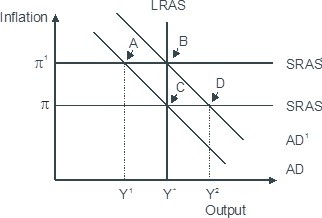Discuss the pros and cons of legalizing drugs such as heroin or cocaine from an economic perspective using the concepts of supply, demand, and elasticity
Please provide the best answer for the statement.
The pro side for legalization looks at the price elasticity of demand for heroin and cocaine. This demand is price-inelastic which means that if the price of these drugs was reduced, there would be less spent on them by users. Legalization of these drugs will tend to increase the supply and reduce the price. The reduced price will reduce the total expenditures on these drugs. Fewer users will have to resort to crime to pay for the drugs and there would be less need for law-enforcement resources used for the “war on drugs.”
The opponents of legalization suggest that there are two types of consumers of illegal drugs—addicts and occasional users. The demand from addicts is price-inelastic as discussed above. The demand by the occasional users, however, is more price-elastic. As price falls, this type of user will spend more on these drugs. This additional consumption in turn may cause some of the occasional users to become addicts. The greater social acceptability for the use of such drugs may also increase the demand for these drugs, which would increase consumption, stimulate more addiction, and increase crime in the long run. The additional social cost from these developments would be much greater than any benefit from simple reduction of expenditures by addicts and short-term reduction in law-enforcement costs.
You might also like to view...
Based on the figure below. Starting from long-run equilibrium at point C, a tax cut that increases aggregate demand from AD to AD1 will lead to a short-run equilibrium at point ________ and eventually to a long-run equilibrium at point ________, if left to self-correcting tendencies. 
A. D; C B. B; C C. B; A D. D; B
In monopolistic competition, there are ________
A) many firms selling products for which no good substitutes exist B) many firms selling similar but slightly different products C) many firms, each selling an identical product D) a small number of firms, each selling an identical product
A country must have absolute advantage in a good in order to have comparative advantage in that good
Indicate whether the statement is true or false
In the Keynesian framework, as long as output is above the equilibrium level, unplanned inventory investment will remain ________ and firms will continue to ________ production
A) negative; lower B) negative; raise C) positive; lower D) positive; raise